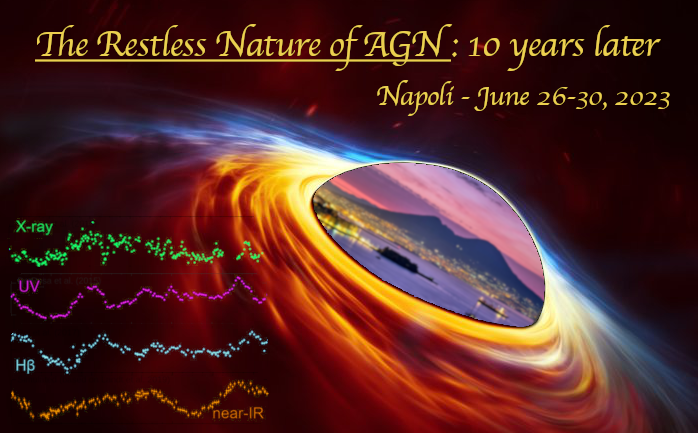Speaker
Description
Accretion onto supermassive black holes (SMBHs) is known to take place through an optically thick geometrically thin accretion disk (Shakura & Sunyaev 1973) when accreting below the Eddington limit. Beyond this limit, the high radiation pressure increases the disk thickness close to the black hole (Abramowicz et al. 1988). Theoretically this results in a so-called ‘slim’ disk where photons are radially advected onto the black hole before they can escape. Understanding this process is particularly important considering the rapid growth of SMBH mass in the early universe. However, observational tests of the accretion disk in this regime are scarce.
As spatially resolving the accretion disk is unattainable, we rely on continuum reverberation mapping to exploit the intrinsic variability of the black hole and the finite travel time of light to dissect the accretion flow, providing a direct test of the accretion structure.
In the first part of the talk, I will discuss a new tool to model AGN lightcurves (PyROA , Donnan+21) to infer inter-lightcurve time delays, with advantages over other techniques. I will then summarise recent work of Donnan+23 applying this tool to test super-Eddington accretion onto the local quasar, PG 1119+120. From continuum monitoring over two years with the Las Cumbres Observatory and spectral monitoring from Calar Alto, we measure the black hole mass, test the temperature profile of the disk and model the AGN SED with theoretical models of a thin and slim accretion disk. We find the slim accretion model to be fully consistent with our data but we cannot rule out the thin disk scenario. We additionally detect diffuse continuum emission from the BLR acting on long timescales.

